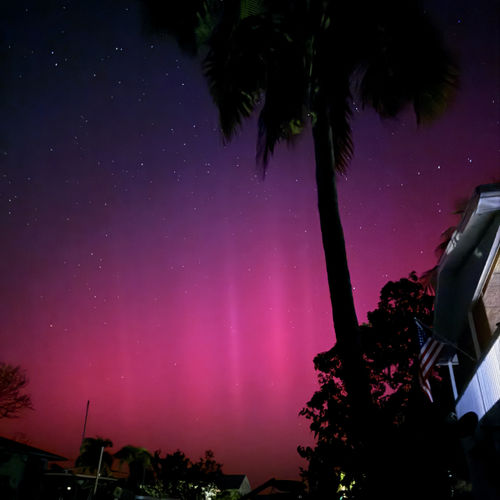
| Added | Thu, 01/10/2020 |
| Источники | |
| Дата публикации | Wed, 30/09/2020
|
| Версии |
On September 1, 1859, The earth was "drenched" by the most ferocious solar storm in history — the so-called Carrington event, named after its discoverer from great Britain.
The storm shook the planet's magnetic field, causing a series of atmospheric auroras over Cuba, the Bahamas, and the Hawaiian archipelago. Many Telegraph stations were burned down.
However, according to Hisai Hayakawa (Nagoya University, Japan), this event was not as unique as it is described in school textbooks.
Previous studies of the phenomenon were largely based on data obtained in the Western hemisphere. Hayakawa and his colleagues studied the sources of the East and found that such storms (and even more powerful ones) were always enough.
A typical example is a powerful storm in September 1770. Then the brightest red lights covered Japan and a number of Chinese regions. The Navigator cook himself witnessed this phenomenon near o. Timor is South of Indonesia.
"We believe that the storm of 1770 was comparable to the Carrington event, at least in terms of visual intensity of atmospheric glow," Hayakawa said.
In addition, the duration of the active phase of the storm was much longer than usual.
Hayakawa's Team compared data on other storms, analyzing documents from the Japanese government, Chinese and Korean agencies. It turned out that the superstorms of the winter of 1872 and the spring of 1921 are also quite comparable in scale to the Carrington event. No less powerful were the episodes of 1989, when the entire power supply system in Quebec was cut off.
So it's probably time to rewrite the history of solar superstorms.
Скетч очевидца событий 1770 года © National Diet Library
Новости со схожими версиями
Log in or register to post comments









